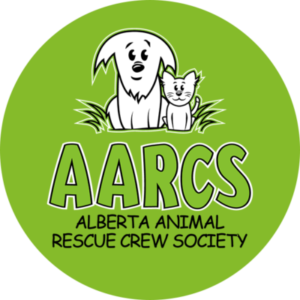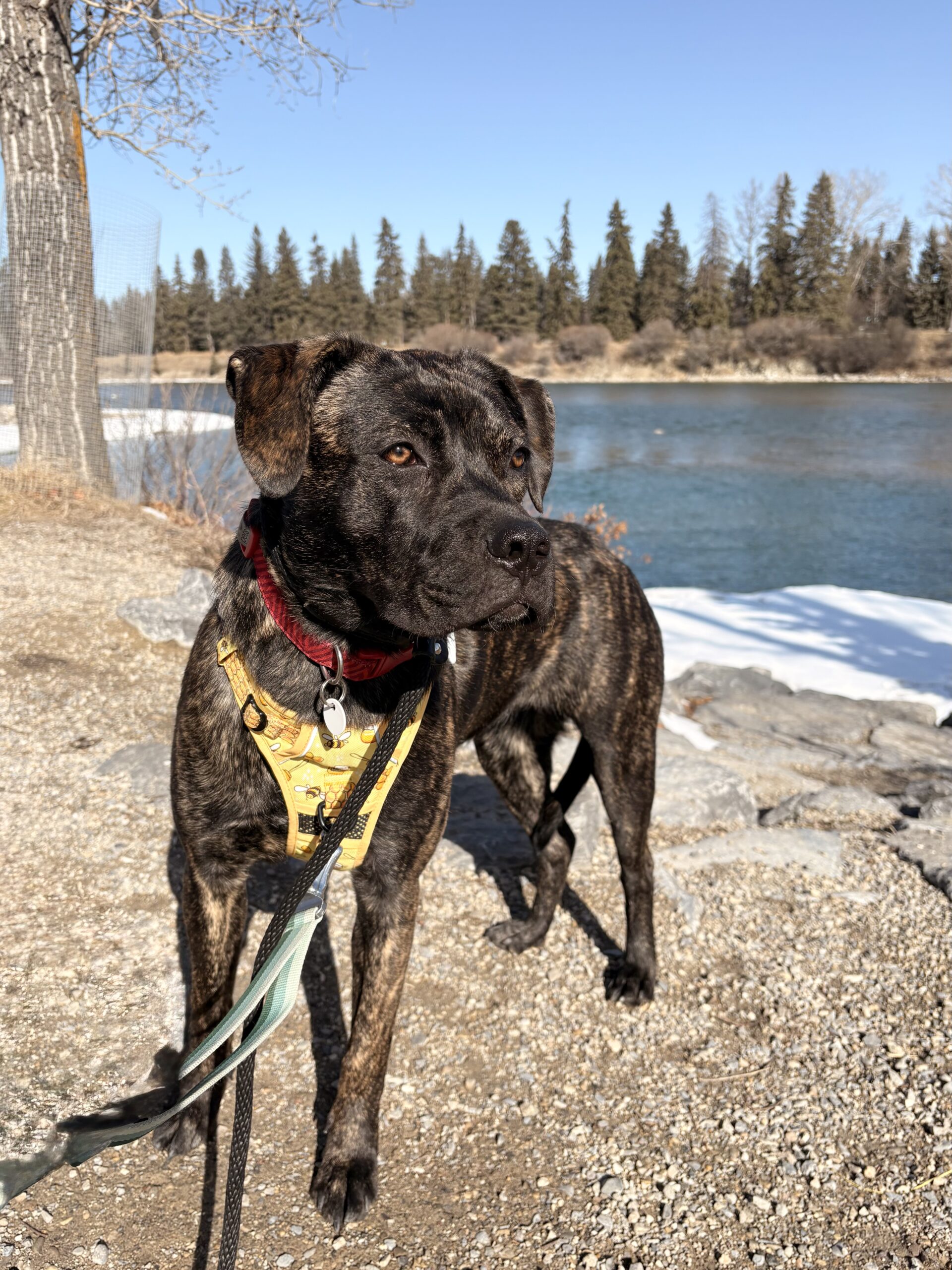Why Train Loose Leash Walking?
It’s not fun or safe for a dog to take YOU for a walk – and pulling while wearing a collar can actually damage your dog’s throat. Since our dogs spend most of their outdoor exploring time on a leash, training them to walk without pulling is good for everyone!
Why Do Dogs Pull?
Dogs pull because it gets them to whatever is ahead: great smells, other dogs, open spaces, and other exciting things! The faster they move, the faster they get there – even if they have to pull to make it happen. As a strategy, it works. Pulling is rewarding to the dog, so the more they do it, the harder it is for them to give it up.
Choosing to Heel
Teaching your dog to want to be near you is a great starting point for Loose Leash Walking.
- Start in a quiet area with as few distractions as possible (an open area of the house, or the back yard).
- Have your dog off leash, or use a long line.
- Walk around the area slowly & let your dog do the same.
- Don’t call your dog or prompt them over to you – just let them do what they want.
- When your dog chooses to come over to you, say ‘yes!’ and be super exciting! Give lots of praise and attention, be very engaging and generally more interesting than the rest of the environment.
- When your dog chooses to move away, completely ignore them and continue walking around.
Loose Leash Walking
Now that your dog is sticking close by when you’re walking around the house or backyard, it’s time to clip on the leash!
- Start in a low-distraction environment and load one hand with high-value treats.
- With your dog standing calmly next to you, say their name and “let’s go!”
- Put the hand with the treats right in front of your dog’s nose and begin walking.
- Release treats from your hand as often as necessary to keep your dog focused.
- If your dog pulls away from you, don’t yank the leash or him back in. Stand still and wait for your dog to return to you. If they are very distracted, turn and walk in the other direction.
- When your dog comes back to you, praise and treat.
- Remember to keep the sessions short! Practice for about 30-60 seconds at a time to begin with.
Once your dog starts figuring out that it’s more fun to stay by your side, up the ante a bit!
- Have your treats in a pocket or pouch instead of luring your dog with the treats at their nose.
- Gradually increase the number of steps in between rewards.
- If your dog starts pulling, stop and wait until there is some slack in the leash again or change direction. Then take a step with him and reward him quickly for walking near you.
- Keep him guessing. Sometimes reward after 1 step, sometimes after 5, then again after 2, then after 7.
Try practicing Loose Leash Walking after your dog has had some vigorous exercise. They will be much easier to work with once the edge has been taken off their energy level.
Remember, practice is the most important step! Practice in gradually more distracting environments, keep treats with you on every walk to practice your skills, and keep it fun for you and your pup. Happy walking!

Jen Coghlan
Behaviour Coordinator
Got ideas for our next blog? Email us at [email protected]!









